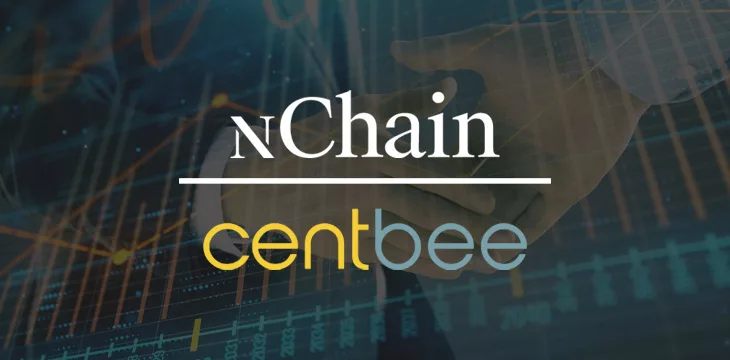Rollkit introduces Bitcoin Rollups with new framework

Rollkit allows developers to mix and match data availability and execution layers
Even as the crypto community grapples with the launch of NFT-like storage on the Bitcoin blockchain, more innovations are rolling in.
Rollkit is a new framework developed by Celestia, a project that wants to modularize the different components of a blockchain. Rollkit, which enables developers to deploy rollups, which are scaling solutions that process transactions outside of a Layer 1 chain to minimize transaction costs, was introduced by Celestia on February 21.
Rollkit allows developers to customize and choose their data availability layer, which acts as a source for blockchain data, as well as the execution layer, where transactions are processed.
On March 5, the project introduced what it calls a “research implementation” of a digest that uses Bitcoin as a data availability layer. Celestia calls the scaling solutions enabled by Rollkit “superb rollups.”
Sovereign Rollups
These rollups could theoretically run an Ethereum Virtual Machine (EVM), Ethereum’s smart contract engine, and use the Bitcoin blockchain for security and data.
“As we move towards a future where sovereign communities will form around different applications, asking them to incur the high costs and overheads of deploying a layer 1 blockchain to be sovereign is not sustainable,” Javed Khan, the software engineer who built Rollkit’s Bitcoin integration, told The Defiant.
There is actually a large cost to set up validators and distribute a token to launch a layer 1 blockchain. By using Rollkit to leverage Bitcoin’s security and data availability, developers could theoretically spin up an app-specific rollup much faster than previously possible.
Some, like Eric Wall, a major influencer and investor in the crypto space, are excited about the development. “This is incredible,” he tweeted. “Instead of putting JPEGs on Bitcoin, you can use the same storage that Ordinal Inscriptions use to put rollups on Bitcoin.”
The Bitcoin community, always resistant to change, is already grappling with Ordinals, a protocol that allows NFT-like “digital artifacts” to be created on the world’s most valuable blockchain.
With Rollkit, the Bitcoin community has yet another new paradigm to wrap their heads around.
Rollups built on Bitcoin can already affect the crypto markets. STX, the symbol of the Stacks ecosystem, which was red-hot last month as interest in building on Bitcoin increased, is down over 12% on the day and over 26% over the past week.
Muneeb Ali, who co-founded Stacks, emphasized on Twitter that the “supreme rollups” built on Bitcoin use the blockchain for data availability, but not for consensus.
“Sovereign rollups and Stacks are complementary,” Ali tweeted.
Whether complementary or competitive, sovereign rollups promise to shake up an already rapidly changing Bitcoin ecosystem.
However, it’s worth noting that they don’t enable trustless bridging of BTC to the digest – since bridges have been one of crypto’s most vulnerable points in terms of security, needing to trust one means sovereign rollups don’t come with their own. risks.
Even so, Eric Wall proclaimed Bitcoin’s “dark ages” to be over earlier this week, even before the Rollkit-enabled Bitcoin-based digests were announced.
With the new developments, Bitcoin could really have a renaissance.
























